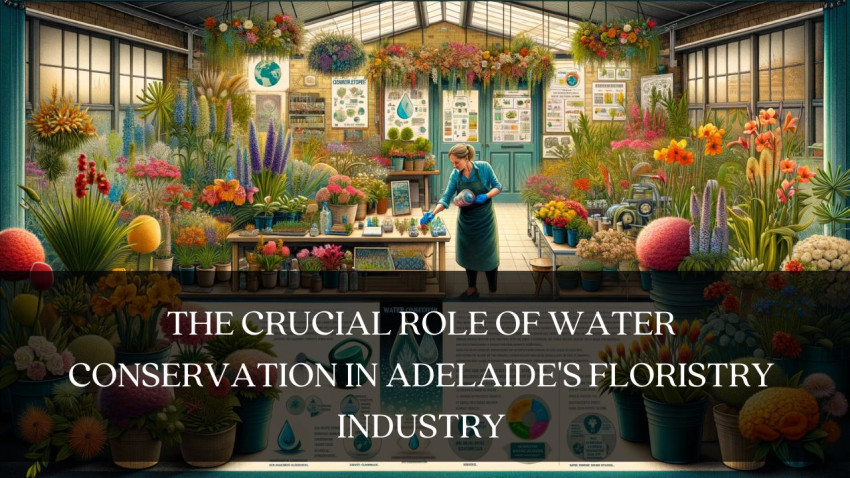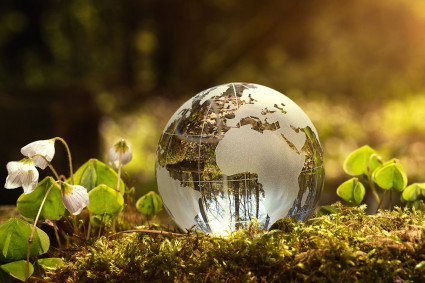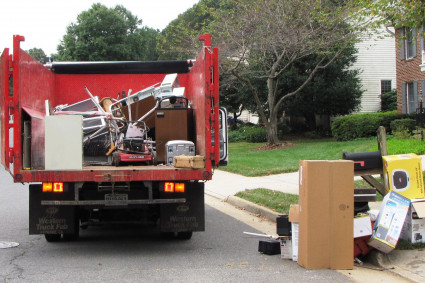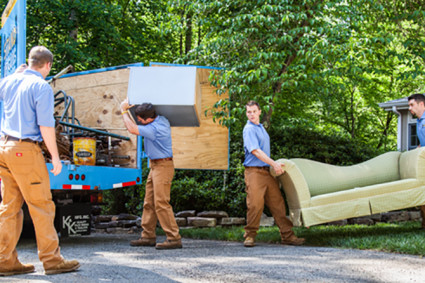
Introduction
In the picturesque city of Adelaide, known for its lush gardens and vibrant floriculture, the importance of water conservation has become increasingly paramount. The floristry industry, intrinsically linked to the health and availability of water, faces the dual challenge of maintaining its artistic integrity while adapting to sustainable practices. This extensive guide delves into the various facets of water conservation within Adelaide's floristry scene, exploring innovative approaches and the critical importance of these practices in a changing environmental landscape.
The context of water conservation in Adelaide
Adelaide's unique climate, characterized by hot, dry summers and mild winters, places significant emphasis on efficient water use. The floristry industry, which traditionally is a high consumer of water for cultivation, preparation, and maintenance of flowers, finds itself at the forefront of conservation efforts. The implications of water usage in floristry extend beyond the immediate needs of the industry; they impact the local ecosystem and the community's overall water reserves.
Sustainable cultivation practices
Adopting Efficient Irrigation: Modern irrigation techniques like drip and subsurface irrigation target water directly at plant roots, significantly reducing waste. These systems are particularly beneficial in greenhouses and nurseries where precision watering is essential.
Water Recycling Initiatives: Many Adelaide florists and growers are implementing water recycling systems. These systems collect runoff water, which is then treated and reused, minimizing the overall water footprint.
Choosing Drought-Resistant Varieties: There's a growing trend towards cultivating native Australian flowers and drought-resistant varieties. These plants require less water and are better adapted to the local climate, thereby reducing their dependency on extensive watering.
Water Conservation in Floral Arrangement and Maintenance
Conservative Watering Techniques in Arrangements: Florists are adopting practices that require less water to maintain flower freshness. This includes using floral foams that retain moisture for extended periods and educating customers on the minimal water needs of different flowers.
Innovations in Floral Display: Exploring alternative display methods that require less or no water. Dried flower arrangements, for instance, are gaining popularity for their beauty and sustainability.
The role of technology and innovation
Automated Watering Systems: These systems use sensors to determine the exact water needs of plants, thereby ensuring optimal watering without excess.
Hydroponic Systems: Hydroponics, the practice of growing plants in a water-based, nutrient-rich solution, is an effective way to conserve water. It eliminates soil use and reduces water consumption by up to 70% compared to traditional cultivation methods.
Community engagement and education
Workshops and Awareness Programs: Many Adelaide florists are actively involved in community education, conducting workshops and awareness programs on sustainable floristry practices. This not only helps in spreading knowledge but also fosters a community spirit centered around sustainability.
Collaboration with Water Conservation Bodies: Partnering with local water conservation organizations and initiatives helps florists stay informed and compliant with the best practices in water management.
Challenges and Future Perspectives
While the move towards water conservation is gaining momentum, it is not without challenges. Balancing cost, consumer preferences, and sustainability goals remains a delicate task. However, as awareness grows and technology advances, Adelaide's floristry industry is well-positioned to lead by example in the realm of environmental stewardship.
Summary
Water conservation in Adelaide's floristry industry is a testament to the city's commitment to sustainability. By integrating efficient water use practices, adopting innovative technologies, and emphasizing community involvement, florists in Adelaide are not just creating beautiful arrangements but are also contributing to the preservation and health of the local environment. As the industry continues to evolve, these practices will play a pivotal role in shaping a more sustainable and environmentally conscious approach to floristry.






